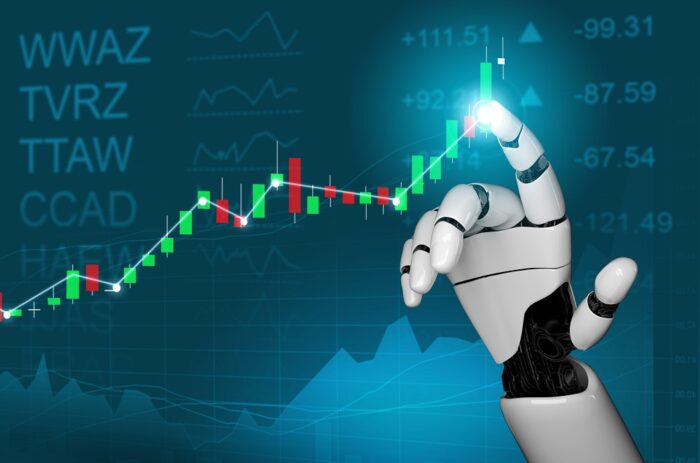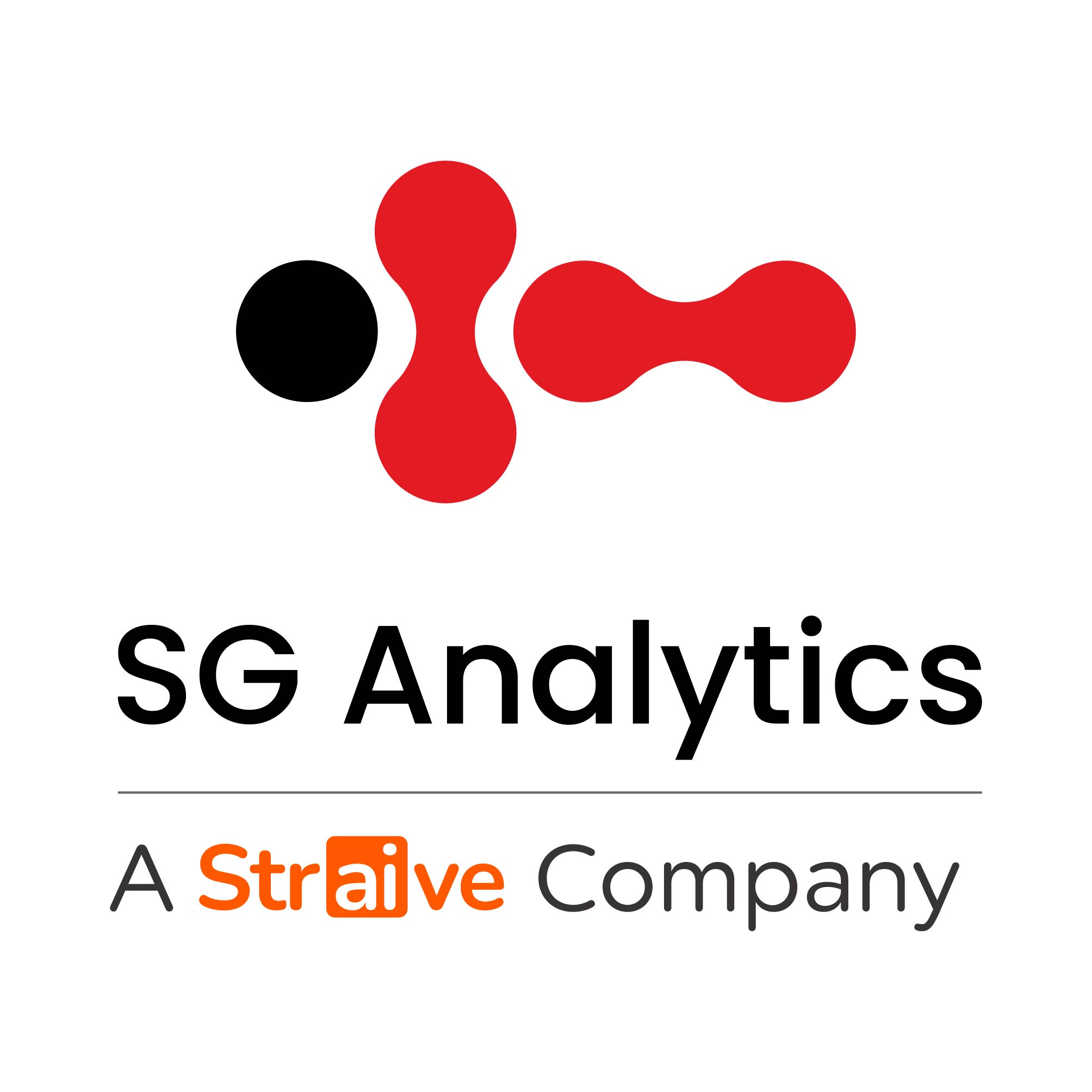As technology evolves progressively, its dominance in our lives has led to revolutionary lifestyle modifications. Virtual assistants and bots, powered by artificial intelligence and machine learning, have surfaced to help us with our professional work as well as daily activities. A simple command can get all your work done, be it turning the lights on/off, playing music, shopping online, answering questions etc. Imagine if a bot could also indulge in trading on your behalf? Automated trading system (ATS) – a dream for many, can guarantee profits without the intervention of any individual. The Wall Street adoption rate for automation has been high, where 80%-90% of stock trades are executed by programs instead of individuals.(AnalyticsInsight)
What is an automated trading system?
An ATS (automated trading system) can help individuals or businesses increase their trading efficiency through faster execution of CFD trading strategies. Through this method, one can participate in financial markets with the help of a programme that is designed to execute specific set of rules for entering and exiting trade. Automated trade allows us to realize multiple trades in a short span of time, additionally eliminating the ‘emotions’ associated with trading decisions.
Automated trading systems are also sometimes referred as algorithmic trading, mechanical trading systems or system trading, which once programmed can be executed automatically through a software. The trend of algorithmic automated trading is growing in currency markets, where banks are increasingly cutting back on trading teams and depending more on the automated trading systems to enhance trading efficiency.
For example, JP Morgan’s algorithm known as DNA (Deep Neural Network for Algo Execution) amalgamates different algorithms to form a single strategy that allows the framework to determine the process of executing a client’s order. According to Chi Nzelu, head of macro eCommerce at JP Morgan, the algorithm’s aim is to minimize market impact by executing in an efficient and timely manner.
EBS, an electronic trading platform, had estimated that 70% of orders on its platform are generated through algorithms, as compared to 2004, when the entire trading was done manually. (Reuters)
How do automated trading systems work?
The first step is to identify a platform that meets your organizational requirements, and specify your trading strategy parameters. Second step is to use your own trading experience to curate pre-set rules and conditions that the algorithm will employ to place trade orders on your behalf. Factors such as timing of the trade, opening & closing price and quantity are needed to be determined.
For example, ‘buy 100 shares of Microsoft when its 50-day moving average exceeds the 200-day average’. The strategy/rules fed into the automated trading system will continuously monitor the prices in financial market and execute trade if the pre-set parameters are satisfied.
Several automated trading platforms have “intelligent strategy builders” that enable a user to make selections from a list of top technical indicators, in order to curate rules which will be used to execute automatic trading. However, many traders prefer to program the strategies and indicators on their own by working closely with the system programmer. While this method offers greater flexibility and can be extremely rewarding, it requires more effort from the user.
Pros of automated trading systems
Emotions are controlled
With automated trading systems in place, emotions can be kept at bay, helping traders stick to their plans and strategies. The automation of trade through pre-set rules doesn’t provide traders with a chance to question the trade. Additionally, it helps various traders who are prone to overtrade at every opportunity, maintain a balance of their trading activities. Warren Buffet had once said, “If you cannot control your emotions, you cannot control your money.”
Backtesting
Backtesting is a method that allows a trader to check the viability of his/her trading strategy by using historical data to analyze profitability and risks. Since the computer or software is incapable of making guesses, a trader needs to instruct properly by correctly defining the rules and conditions. Traders can test these rules on historical data to determine the risks before actually putting their money in live trading. This helps them evaluate and fine-tune their trading strategies as well as determine the average amount a trader can lose or win per unit of risk.
Establishment of discipline
Due to the establishment of trade rules and automation of trade, there is a sense of discipline even in the most volatile markets. Often discipline is lost due to speculations and emotional factors that drive them such as the fear of taking a loss or greed to make more profit. With an automated trading system, a trading plan will be executed as planned. Also, the risks of entering the incorrect order quantity is minimized. For example, the command to buy 100 shares won’t be misread as ‘buy 1000 shares.’
Trade Diversification
Automated trading systems allow traders to trade multiple accounts at the same time, helping them manage their risks better by spreading it over various instruments, also creating a hedge against declining positions. What a computer can accomplish in milliseconds, can never be efficiently executed by humans.
Cons of automated trading system
Technical failure
Overarchingly, the process of automated trading seems quite simple – set up software, create rules and watch the trading happen. In reality, although automated trading is a sophisticated trading method, it still has the capability to make mistakes. Due to internet issues, it might be possible that the order might not get generated. Or perhaps, “theoretical trades” created by specified strategy gets turned into real trades due to some discrepancy in the platform. It is always advised to start with trades which are small in size until the automated trading system “learns” and refines its process.
Manual monitoring
Although the trading process is automated, the system still requires some level of monitoring. This manual monitoring needs to be done in order to minimize and check potential technical failures, internet or server issues, system crashes etc. It is possible that ‘anomalies’ arise in an automated trading system that could miss/skip orders or duplicate orders. With constant monitoring, these issues can be quickly identified and resolved. For example, in 2010, due to an algorithmic error there was a massive trillion-dollar stock market crash. (AnalyticsInsight)
Over optimization
It is possible that traders who utilize backtesting to fine-tune their strategies create systems that work great theoretically but perform horribly in a live scenario. Extreme curve-fitting that generates a trading plan that is unreliable and unsuitable for live trading. Many a times traders tend to assume that a trading plan must consist of all profitable trades so as to never experience a downfall. Such a ‘near perfect’ plan can also fail in the live market.
Conclusion
Yes, automated trading systems do increase the efficiency of the trades but it isn’t fool-proof and shouldn’t be considered as a substitute for mindful trading. While there are many pros of automated trading system, we should also keep in mind that such a technologically advanced system can still have certain pitfalls. Platforms that provide server-based automated trading solutions can help minimize internet-related technical issues. It is advised that one must have certain trading knowledge and experience while considering to begin trading via automated trading systems. It is best to go ahead with a ‘hybrid approach which is a combination of manual and automated trading.

